Immerse yourself in a world of unparalleled possibilities with virtual reality (VR), where every game offers a unique escape from reality. Whether you’re a seasoned VR enthusiast or new to the realm, enhancing your VR experience requires a blend of strategy, knowledge, and the right tools. This guide delves into expert-level VR game tips, covering everything from selecting the best VR games to optimizing your gaming setup. Discover how to maximize comfort, reduce eye strain, and elevate your gameplay mechanics for a seamless and enjoyable experience. Explore the ins and outs of VR gaming, from choosing the right hardware to mastering advanced settings, ensuring you get the most out of your VR headset. With these tips, you’ll be well-equipped to dominate both casual and competitive VR games, making every session a memorable adventure.
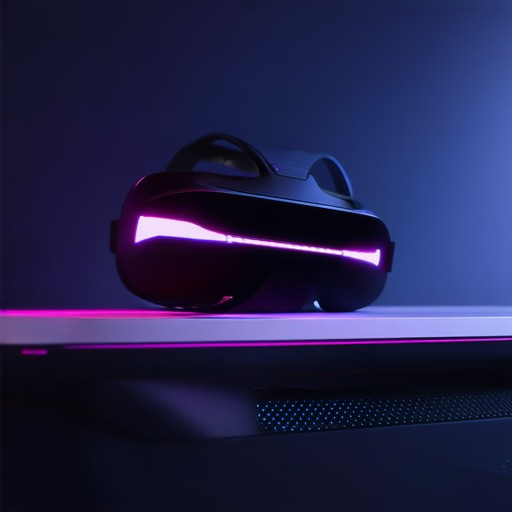
What Makes a Good VR Game?
A great virtual reality (VR) game goes beyond just immersive visuals—it combines thoughtful design, engaging content, and seamless user experience to create an unforgettable adventure. Here’s what sets a standout VR game apart:
1. Immersive Environment
A truly excellent VR game transports players into a completely believable world. This involves:- Realistic Graphics : High-quality textures, lighting, and environments that feel lifelike.- Spatial Audio : Sound effects that surround players, enhancing the sense of presence.- Interactive Environments : Objects and surfaces that react realistically to player actions, creating an intuitive interaction experience.
2. User Experience Design
Good VR games prioritize comfort and ease of use:- Simple Controls : Intuitive control schemes that allow players to navigate and interact without confusion.- Seamless UI : On-screen interfaces that don’t disrupt immersion, often hidden or minimized.- Comfort Features : Options to adjust tracking sensitivity, field of view (FOV), and motion sickness reduction.
3. Engaging Content and Storytelling
Compelling narratives and diverse gameplay mechanics are essential:- Dynamic Stories : Well-written plots that evolve based on player choices.- Variety of Activities : Whether it’s exploration, puzzle-solving, combat, or social interactions, there should be something for everyone.- Customizable Characters : Players should be able to personalize their avatars and tailor their experiences.
4. Social Interaction
VR’s strength lies in its ability to connect people:- Local Multiplayer : Support for friends playing together in the same virtual space.- Online Communities : Features that facilitate grouping with strangers, fostering a sense of belonging.- Collaborative Goals : Missions or challenges that require teamwork, adding depth to the cooperative experience.
5. Performance Optimization
Technical excellence ensures smooth gameplay:- High Frame Rates : Smooth rendering that avoids motion blur or lag.- Fast Load Times : Quick transitions between levels and areas to maintain immersion.- Low Latency : Minimal delay between actions and their effects in the game world.
6. Unique VR Experiences
The magic of VR lies in its ability to offer experiences impossible in traditional gaming:- Full-Body Interaction : The ability to use hands, feet, and even facial expressions in gameplay.- Spatial Awareness : Accurate tracking of player movements, allowing for precise interactions with the environment.- Adaptive Learning : Games that teach players through trial and error, making VR feel natural over time.
By combining these elements, a good VR game creates an unparalleled entertainment experience that delights both casual gamers and hardcore enthusiasts.
How Long Should You Be on VR Per Day?
It is generally recommended to limit VR usage to no more than 10-15 minutes per session. This duration helps prevent potential disruptions to your sleep cycle, as prolonged exposure can interfere with falling asleep. However, individual tolerance may vary, and factors like age, purpose of use, and personal health can influence this timeframe.
For instance, younger individuals or those using VR for recreational purposes might find 10-15 minutes sufficient, while professionals or those using VR for work-related tasks may need to extend their time without adverse effects. Always consider your personal circumstances and the reason for using VR to determine the optimal duration for your needs.
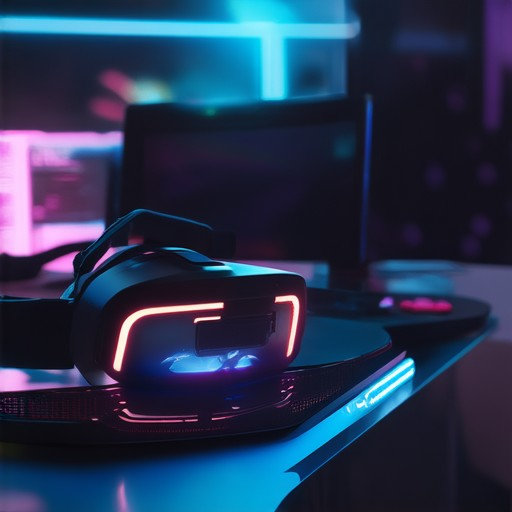
Improving VR Game Performance: A Step-by-Step Guide
To enhance your VR gaming experience, follow these optimized steps tailored for both hardware and software adjustments:
1. Optimize GPU Settings
- Adjust Graphics Settings: Lower settings to medium or high, balancing visual quality with performance.
- Resolution Adjustment: Set VR resolution to a comfortable level, aiming for 1080p or higher without compromising performance.
- Texture Compression: Utilize tools like Texture Compression Master to reduce texture file sizes, minimizing memory usage.
2. Update and Maintain Drivers
- Check Driver Version: Regularly update your GPU drivers via the device manager to ensure compatibility and performance.
- DirectX Compatibility: Verify and update DirectX to the latest version for optimal game support.
3. Asset Optimization
- Compress Assets: Use tools like Texture Tools or Mipmap Generator to optimize game textures, reducing load times and improving frame rates.
4. System Housekeeping
- Clear Cache: Periodically delete temporary files and use disk cleanup utilities to free up storage space.
- Close Background Applications: Before launching games, close non-essential applications to allocate more system resources to gaming.
5. Enable GPU Features
- Game Mode: Activate your GPU’s game mode to prioritize processing power for gaming, enhancing performance.
- Tune Settings: Adjust settings like Tearing Mode and VSync to balance visual quality and smoothness without significant performance loss.
6. Adjust Visual Effects
- Reduce Shadows and Effects: Lower anti-aliasing (MSAA) levels and adjust shadow settings to improve performance without sacrificing visual integrity.
7. Upgrade Hardware Considerations
- Consider Additional RAM: Upgrading to 16GB of RAM can significantly improve multitasking and overall system responsiveness.
- RAM Management: Use tools like Process Explorer to monitor and terminate unused processes, freeing up memory for games.
8. Reinstall Drivers as Needed
- Fresh Install: If issues persist, reinstall your GPU drivers to resolve conflicts and ensure compatibility.
By methodically applying these adjustments, you can achieve a smoother and more immersive VR gaming experience, leveraging both hardware optimizations and software tweaks for maximum performance.
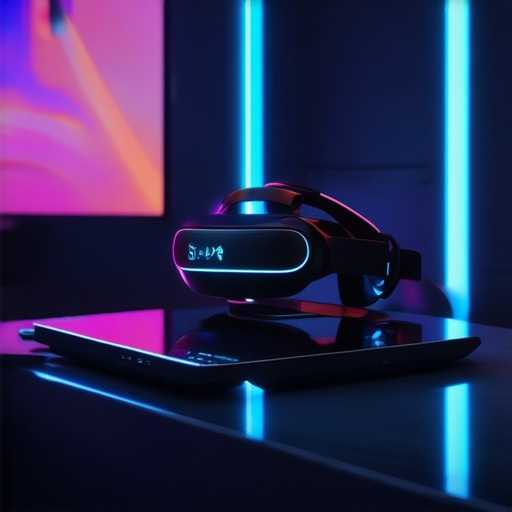
How to Get the Most Out of a VR Headset
To optimize your virtual reality experience, follow these essential tips:
1. Optimize Comfort and Fit
- Adjust the Head Strap: Ensure the headset fits securely without causing discomfort. Adjust the straps to fit your head size for maximum comfort during extended use.
- Take Regular Breaks: Use the headset for no more than 20-30 minutes at a time to avoid eye strain and dizziness. Take short breaks between sessions.
- Practice Eye Relief: Look 10 feet ahead every few minutes to relax your eyes and reduce strain.
2. Choose the Right VR Games or Experiences
- Explore Different Genres: Whether you prefer gaming, social VR interactions, educational tours, or fitness challenges, there’s a VR experience for everyone.
- Research Popular Platforms: Check out platforms like Steam , Oculus , or VR.com for curated selections.
- Try Social VR: Engage with friends or join online communities for interactive experiences like virtual concerts or collaborative games.
3. Maintain Your VR Headset
- Clean Regularly: Wipe the exterior with a soft, dry cloth to remove dirt and oil. Avoid using harsh chemicals or paper towels that could scratch the lenses.
- Inspect for Wear and Tear: Regularly check the headset for loose parts or damage, especially around the head strap and moving components.
- Store Properly: Store your VR headset in a safe, dust-free location when not in use to prevent dust buildup.
4. Troubleshoot Common Issues
- Adjust IPD Settings: If you experience focus issues, adjust the interpupillary distance (IPD) setting on your headset for better visual alignment.
- Clean Lenses Carefully: Use a microfiber cloth to gently clean the lenses. Avoid touching them with your fingers to prevent smudges.
- Update Firmware: Keep your VR headset’s firmware updated for optimal performance and security.
By following these tips, you can maximize your VR headset’s potential and enjoy immersive experiences for years to come. Remember to explore diverse content and maintain your device regularly for the best results.
What Not to Do with a VR Headset
Using a virtual reality headset improperly can lead to discomfort, damage to the device, or even health issues. Here are some common mistakes to avoid:
- Never Clean the Lenses with Harsh Chemicals: Cleaning the VR headset’s lenses with strong chemicals or solvents can scratch the glass or damage the delicate components. Use only mild soap and water or a specialized VR lens cleaner.
- Avoid Prolonged Use Without Breaks: Extended use without taking breaks can lead to eye strain, dizziness, or discomfort. Take regular pauses, especially if you’re using the headset for gaming or work.
- Don’t Ignore Symptoms of Motion Sickness: If you feel dizzy, nauseous, or experience headaches while using the headset, remove it immediately. These symptoms are common and can be exacerbated by VR usage.
- Store Incorrectly to Prevent Damage: Store your VR headset in a clean, dry place away from extreme temperatures, humidity, or dust. Keep it in its original packaging or use a protective case to avoid scratches.
- Forget to Adjust Properly: Adjust the VR headset to fit your head comfortably. Misadjustment can lead to discomfort during use and affect the immersive experience.
- Use in Hazardous Environments: Avoid using a VR headset in environments with strong electromagnetic fields or near high-voltage equipment, as this can harm the electronics.
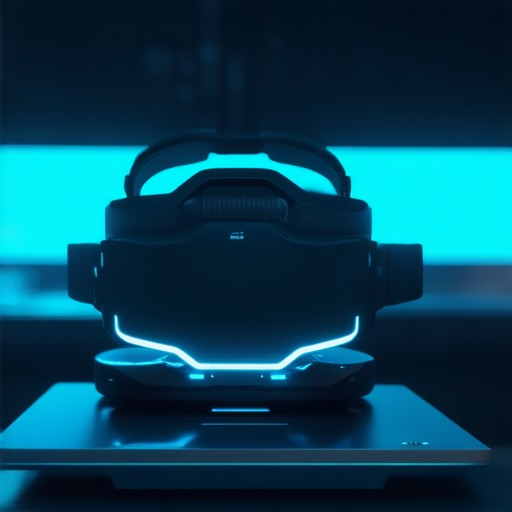
How to Stop Eye Strain in VR
To alleviate eye strain while using VR, consider implementing the following strategies:
- Take Regular Breaks : Every 20 minutes, look away from the VR screen and focus on an object in the real world for about 20 seconds. This gives your eyes a chance to rest and reduces strain.
- Adjust VR Settings : Lower the screen resolution and decrease the distance of virtual objects. This reduces the focusing effort required by your eyes.
- Ensure Proper Headset Fit : A snug or loose fit can cause discomfort. Adjust the headset so it doesn’t apply unnecessary pressure to your temples or bridge of your nose.
- Optimize Lighting Conditions : Position yourself in a well-lit area with moderate brightness to minimize eye strain caused by abrupt changes in light levels.
- Utilize VR Features : Some headsets offer eye relief modes or adjustable lens distances. Check your headset’s settings to maximize comfort.
- Strengthen Eye Muscles : Engage in eye exercises, such as focusing on a distant object then a near one, to strengthen eye muscles and reduce fatigue.
- Stay Hydrated : Keep your eyes lubricated by blinking frequently and drinking water to prevent dryness, which can exacerbate strain.
By following these steps, you can enhance your VR experience and protect your eyes from strain.

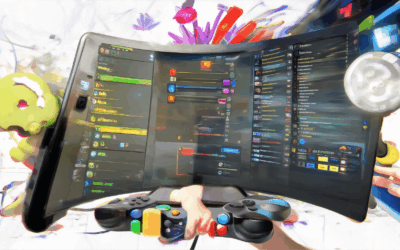


0 Comments